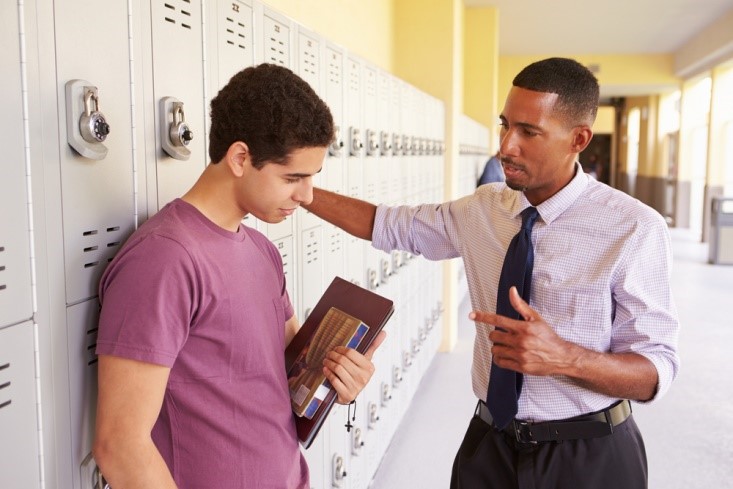Guidance and Growing Pains: The High School Environment

It was the best of times. It was the worst of times. It was high school.
Teenage years carry with them all sorts of growing pains. Family, futures, relationships – everything seems to get more complicated, and school always seems to be at the crux of it all.
High school typically covers grades 9 to 12. High school courses carry Carnegie Units (CUs), and students are required to accumulate a prescribed number before they are allowed to graduate. A CU is a measure of the amount of time a student studies within a course. Most courses carry 1 CU. Some electives, however, only carry half a unit. The number of CUs needed to graduate varies by state and by district.
Classes are still departmentalized in high school. High schools either use a year-long class schedule or block scheduling. With yearlong class scheduling, students attend six or seven periods of classes each day. Each period is 50 or 60 minutes long and lasts for two semesters. Students may earn up to 7 CUs per school year. With block scheduling, students attend four 90-minute classes per day. Classes last only one semester, and students have the opportunity to earn 8 CUs per school year. A variation of block scheduling allows for an alternating-day model of block scheduling in which classes are provided every other day for two semesters. It is expected that after graduating from high school, students will have the skills that they need to either enter the workforce or successfully matriculate through college.
The high school environment carries the weight of turning kids into adults. It has to hone students’ existing study skills in addition to planting the seeds for new ones that will blossom in college or trade school contexts. It has to simultaneously deal with constantly changing moods and cementing pathways for those volatile youths’ futures. It has to challenge but not break, stretch but not tear. High school is a complex place that requires careful structuring. Teachers need to take the time to make sure that their school’s environment is ready to guide students through all of their growing pains, from choosing classes and maintaining good study practices to picking a future and navigating life as an adult.






